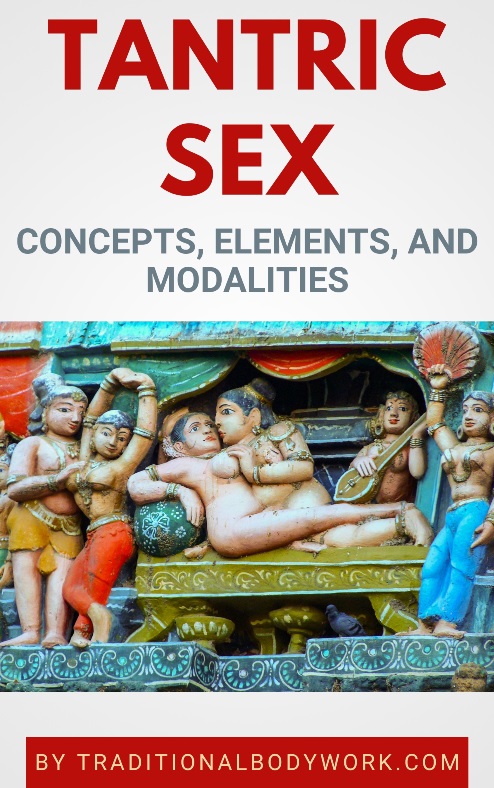
In India, Garbhadhana Sanskara (or Garbhadhana Samskara) is called the Science of Vedic Family Planning or more straightforward – the Ritual of Conception. The word Garbhadhana is a composite of Garbha (fetus, womb or uterus) and Dhana (attain or wealth) and literally denotes something like “attaining the wealth of the womb.”
The Garbhadhana Sanskara is a Hindu ritual and one of the 16 Sanskara Rites of Passage (Stages of Life). It’s performed by couples with the objective to have a child and in fact a kind of Ayurvedic pre-conceptional care.

The ceremony is performed before so-called Nisheka – the conception and impregnation. In some ancient texts however, Garbhadhana Sanskara is simply denoted as a rite of passage where the couple has sex with the intent to have a child, and no specific ceremonies or rituals are mentioned.
Yet, when ceremonies are applied, think of acts like, for instance, the husband cooking rice for his wife, which they together eat in a specific way depending on whether they wish for the birth of a daughter or a son, saying certain prayers and reciting ancient Vedic verses, ways to dress before the conception and impregnation, ways to determine the right day and time for impregnation, and more.
In many cases, the couple also books a priest who performs various religious rites with the intention to bless the couple to have a child. In a much broader sense, Garbhadhana Sanskara is also seen as a journey of the couple to the spiritual life. It teaches the couple how to give rise to a healthy, intellectual child creating truly spiritual offspring.















